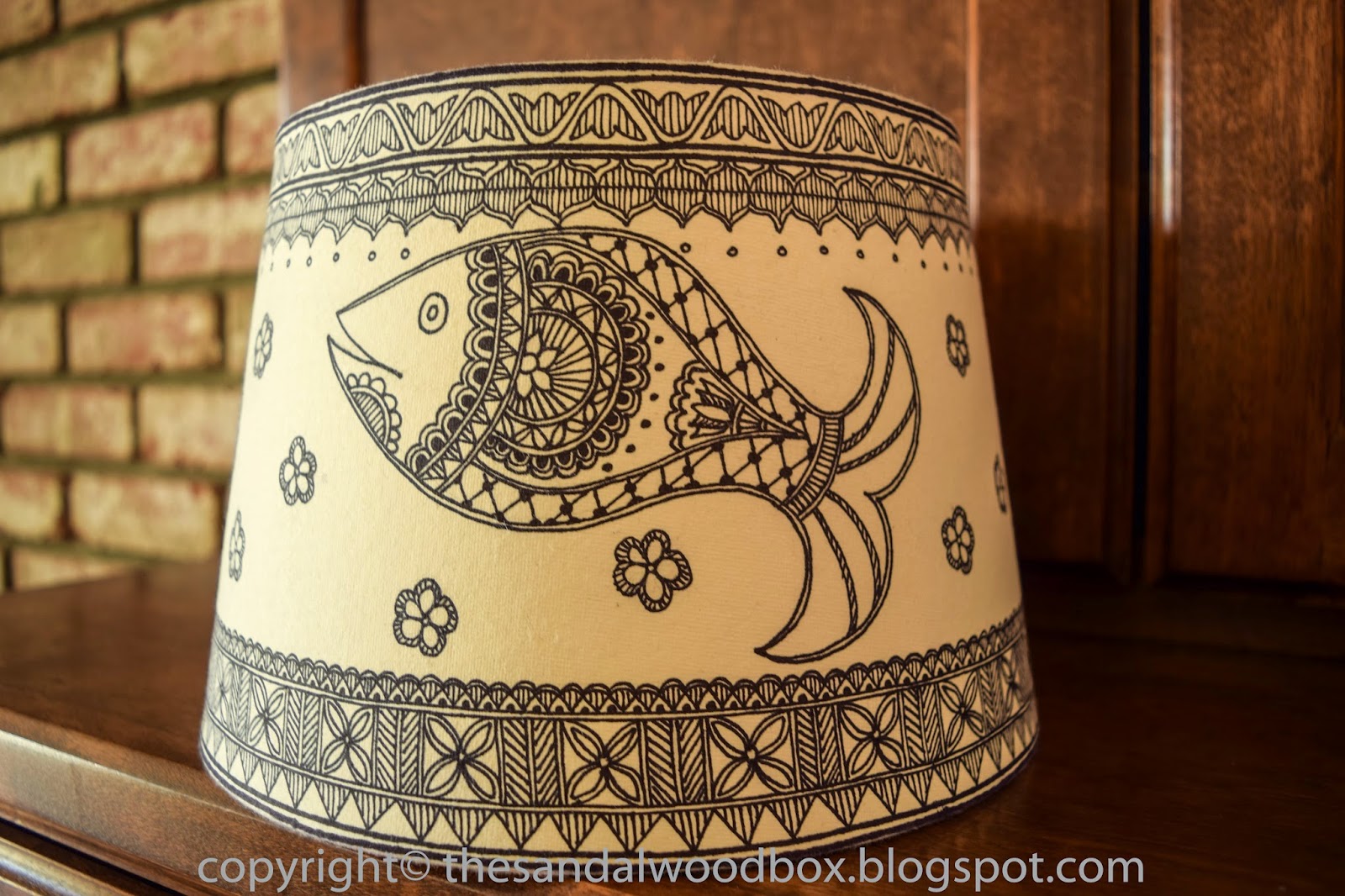“It is only in still waters that a reflection can be seen and with it comes clarity, peace, and understanding.” -----Ancient Zen saying
My middle school and high school years, I had a mandated subject twice a week called S.U.P.W. The girls and boys were separated; the boys were taught by a male teacher and they got to try their hands at electrical circuitry, mechanical things, automotive models, carpentry, and other such stuff and we girls taught by a lady teacher got to try our hands at cooking, flower arrangement, sewing, stitchery and other home economics stuff. For this blog post I won’t even get into the gender stereotyping so obvious here as much as I want to rant on that! Arrr! Anyway….
And all through my middle school years I never knew what S.U.P.W stood for and had somehow never asked to know either. Somewhere in the 9th grade I found out it stood for ‘Socially Useful Productive Work’. Honestly, in middle school I started out loving it; I learnt basic stitches, completed some linen work, learnt crochet, knitting, lace work and tatting, weaving etc. to name a few. And I have memories of the teacher letting us sit out in the hallway while we practiced our stitches and completed our pieces. And I was the teachers’ pet and good at all of it. Smug smile here.
In high school I changed schools and even though I still loved learning all of these crafts and skills, my time in that class wasn’t very ‘productive’. And it was here that we started calling that subject ‘Some Useful Period Wasted’. It was a combination of things; the teacher, the dynamics of the girls, the boring projects we were asked to do, and etc. Still I was the teachers’ pet and things came easy to me… a wider smug smile.
The point I am trying to make is that early on itself we all get an inkling of our tastes and directions that call out to us. But very few of us recognize and acknowledge it. We all struggle so much trying to run after what we think would be good monetarily and of an acceptable social standard. Our experiences and interactions are a very important component of the decision making process in pursuing our calling. We rely on guidance and an outside opinion to reinforce our internal thoughts. It is not easy to reach that point of conviction where we know exactly what we want. Very few of us have a dream that we are very sure of. The rest of us are plagued by doubt every step of the way and an uncomfortable feeling where nothing else seems to make us happy. I am one of the latter. Again I am not going to get into the complexities of that thought.
I am very much at peace now having finally dared to recognize and acknowledge what makes me happy. How to make a living with it is a whole another matter. Digressing again….
I am very much at peace now having finally dared to recognize and acknowledge what makes me happy. How to make a living with it is a whole another matter. Digressing again….
So a feeling of peace and satisfaction was most forefront in my mind and being the entire time I worked on this project. Mandalas elicit a sense of balance and peace, the basic image bringing a sense of goodness when gazed upon. The harmony and repetitive symmetry of the mandalas promote the self-reflection that brings the ‘ah ha!’ thought. As with every project I do; and in this case somewhere along the stitching of these patterns and the repetitive stabbing and pulling of the needle and thread through the canvas, all noise and clutter gets muted and honesty and truth of feelings and thoughts and ideas comes forth. Almost a meditative state for me.
It is always a goal of mine to try to interpret skills and crafts in a new and modern way. This is an unique mandala stitchery on a large canvas. There are multiple mandalas existing in harmony; each significant and prominent on its own and also being part of the whole. The layering on this piece began by prepping the canvas with some luminescent paint for a neutral glow and sheen. For the next layer I stenciled some patterns using metallic paints. On top of that the mandalas were stitched, each one in hues of the same color shade. I added a few geometric mirrors for some positive reflection and also as a final layer of interest.
I hope you see peace
and clarity in this piece. I hope you feel
peace and clarity when you see this piece.




















